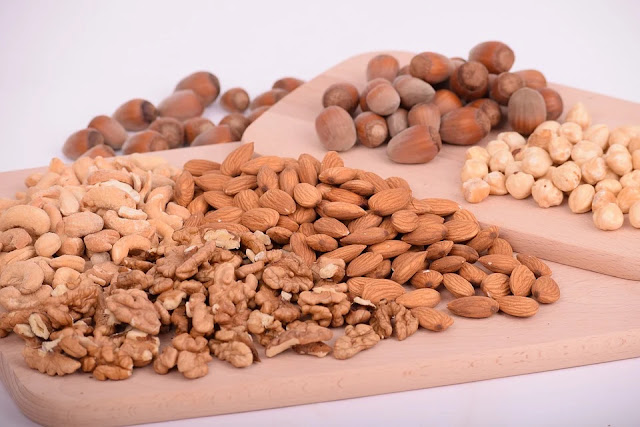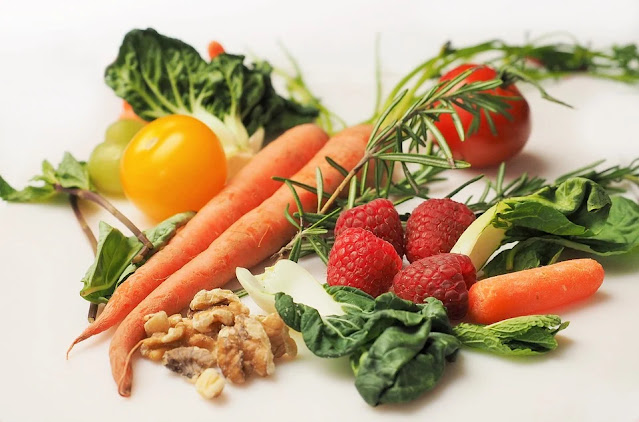The fiber in our bodies is very important, as it can help to prevent constipation and for the management of weight. It can also aid in the prevention of certain diseases, such as high cholesterol, diabetes, heart disease, and certain types of cancer. The recommended amount of fiber each day, between 25 and 38 grams. Most people eat in less than 15 grams per day. The Institute of Medicine recommends that men under the age of 50 eat 38 grams, while the women eat 25 grams. Adults over the age of 50 years old, male, 30 g, and the women's-21 grams of fiber.
There are two main types of fiber, soluble and insoluble, both of which are very good for you. It is insoluble, it helps the intestine and the large intestine to work properly, it hydrates and helps waste pass through the intestines, which are regularly and reduce constipation.
Soluble fiber is slowly digested and can help lower cholesterol levels, and the stability of your blood sugar levels. What is the importance of both insoluble and soluble fiber, and are the most fiber-rich foods include.
A lack of fiber in the diet can lead to:
* Constipation; hard stools. fiber helps to soften the stool and helps in the transportation of the waste to the fore.
* Diabetes mellitus; fiber helps to regulate unstable blood sugar levels.
* Weight gain, and high-fiber foods that will help you to last longer, just enough to stop you from eating more food.
* Heart disease; it may lead to high cholesterol and coronary heart disease. The soluble fiber is found in oats, legumes, fruits, and vegetables to help you out.
Hemorrhoids are inflamed veins that cover your anus as well as the development of the push of a hard stool. Eating foods that are rich in fiber that can solve this problem.
THE EASIEST WAY TO EAT MORE FIBER:
How to add fiber to your diet is as easy as 123, here are a few simple ways in which you can add to your diet.
1. Flax seed flour, available in a variety of colors, maroon, browns, and gold, and they are also a good source of omega-3 fatty acids and dietary fiber.
2. The Chia Seeds; one ounce of chia seeds contains 11 grams of fiber, and also contains anti-oxidants, protein, vitamins, and minerals.
3. Hemp-seed; they are also a good source of both soluble and insoluble fibers, and they have many benefits, they are also a good source of healthy fats and protein
4. Grain; Ezekiel 4: 9 sprouting whole grains, golden flax, wheat, whole-grain cereals, General mills, fiber, etc., etc.
Different ways to add fiber to your diet:
The best way to get fiber is through it's food, food, fruit, and vegetables. Listed below are food items that are rich in fiber.
1. Inside out is one of the easiest ways to incorporate fiber into your diet
2. Fruits: berries, avocados, pears, bananas, apples, oranges, papayas, etc., etc.
3. Vegetables(cooked): cabbage, peas, corn, beans, cabbage, brussels sprouts, sweet potatoes, etc., etc.
4. Beans, peas and Beans (cooked); soybeans, lentils, pinto beans, kidney beans, etc., etc.
The fiber content of some of the dishes, such as those listed below.
Fibre breakfast
Two thick slices of whole wheat bread (only 6.5 grams of fiber), with a sliced banana (1.4 grams), and a small glass of fruit smoothie (1.5 grams), which contains approximately 9.4 grams of fiber.
Fiber for lunch
Baked potatoes in a uniform, with skin, (2.6 g), 200 g of baked beans in tomato sauce with less sugar, and salt in a sauce (9.8 g), and apple (1.2 g) represents approximately 13.6 g of fiber.
Fiber-for-dinner
A joint at the base of a tomato, a vegetable curry made with onion, herbs and spices (3.3 g), whole grain rice and (2.8 g), and low-fat fruit yogurt (or 0.4 g) provides about 6.5 g of fiber. Please keep in mind that fruit, yogurt, and can sometimes contain large quantities of sugar to be added in the future so check the label and try to choose a low-sugar options.
As a snack
A small handful of nuts contain 3 grams of fiber. Be sure to choose nuts, such as regular, almonds, no added sugar.
Total: About 32.5 g of fiber
Also appeared on the labels of food products
In the above example is for illustrative purposes only, as the amount of fiber in the diets, depending on how it is made, and how much you eat. Most pre-packed foods have a nutrition label on the side or the back side of the packaging, which will often give you an idea of just how much fiber is contained in the food.










0 Comments